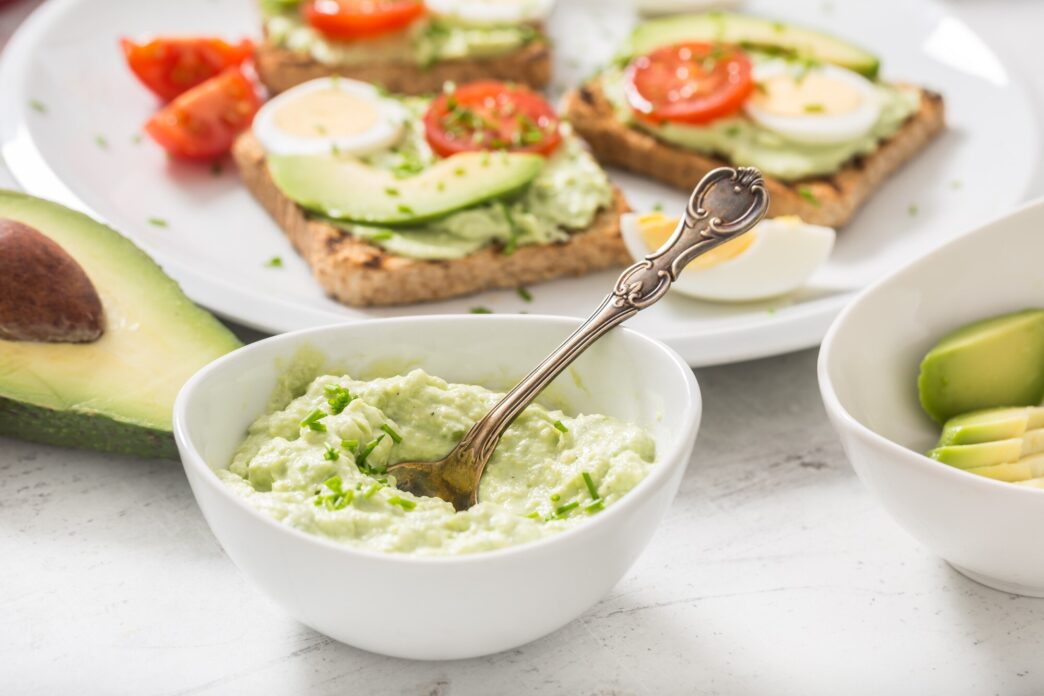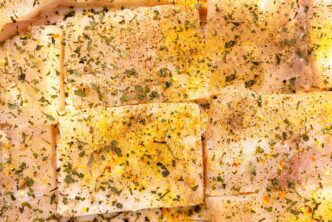A Quick Takeaway
The Story Behind the Trend
How to Make It Work for You
The Community View
Making your own homemade mayonnaise is a simple yet powerful way to take control of your diet, providing a healthier alternative to many store-bought options that often contain unhealthy oils and additives. By selecting fresh, high-quality ingredients like pastured eggs and beneficial oils, you can create a creamy, flavorful condiment packed with healthy fats and essential nutrients. This easy-to-master culinary skill allows you to enjoy a beloved staple while actively boosting your overall health and well-being, making it a valuable addition to any nutrition-conscious kitchen.
Why Choose Homemade Mayonnaise?
Store-bought mayonnaise often relies on industrial seed oils like soybean or canola, which are high in omega-6 fatty acids and can be highly processed. These oils, when consumed in excess and out of balance with omega-3s, may contribute to inflammation. Furthermore, commercial varieties can contain added sugars, preservatives, and artificial flavors that detract from their nutritional value.
Crafting mayonnaise at home empowers you to choose every ingredient, ensuring purity and nutritional quality. You gain complete control over the type of oil, the freshness of the eggs, and the absence of unwanted additives. This transparency is crucial for anyone striving to maintain a clean-eating lifestyle.
Nutritional Benefits of Homemade Mayonnaise
When made with the right ingredients, homemade mayonnaise transforms into a surprisingly nutritious food. Egg yolks are a powerhouse of vitamins and minerals, including fat-soluble vitamins A, D, E, and K, as well as choline, which is vital for brain health and liver function. Pastured eggs, in particular, offer a superior nutrient profile, often containing higher levels of omega-3 fatty acids.
The choice of oil significantly impacts the health benefits. Opting for oils rich in monounsaturated fats, like avocado oil or light olive oil, provides heart-healthy fats that can help reduce bad cholesterol levels. These fats are essential for nutrient absorption and can contribute to satiety, helping with weight management.
Essential Ingredients for Your Healthiest Mayo
The beauty of homemade mayonnaise lies in its simplicity and the quality of its core components. Each ingredient plays a vital role in both flavor and texture, as well as nutritional value.
Eggs: The Emulsifying Heart
Fresh, high-quality eggs are non-negotiable. The lecithin in the egg yolk is a natural emulsifier, binding the oil and water components together. For optimal nutrition, consider using organic, pastured eggs, which come from hens that forage outdoors and typically have a richer nutrient profile.
Oil: The Healthy Fat Foundation
This is where you make the biggest health impact. Avoid highly refined vegetable oils. Instead, choose oils that are minimally processed and rich in beneficial fats:
- Avocado Oil: Neutral in flavor and high in monounsaturated fats, making it an excellent choice for a versatile, healthy mayo.
- Light Olive Oil: Offers a mild flavor and is packed with monounsaturated fats and antioxidants. Avoid extra virgin olive oil, as its strong flavor can be overpowering in mayo.
- Grapeseed Oil: Another neutral-flavored option, though it’s higher in omega-6s, it’s still a better alternative than soybean or canola oil.
Acid: For Flavor and Stability
Lemon juice or vinegar (white wine vinegar or apple cider vinegar are great) adds a crucial tangy flavor that balances the richness of the oil and eggs. The acid also helps to stabilize the emulsion, preventing it from breaking.
Mustard: The Secret Emulsifier and Flavor Boost
A small amount of Dijon mustard or dry mustard powder not only adds a wonderful depth of flavor but also contains compounds that act as secondary emulsifiers. This extra boost helps ensure your mayonnaise comes together smoothly and stays stable.
Salt: Enhancing All Flavors
A pinch of good quality sea salt or Himalayan pink salt is essential to enhance all the other flavors. Season to taste, remembering that a little goes a long way.
The Science Behind the Creaminess: Emulsification
Mayonnaise is an emulsion, a stable mixture of two liquids that normally wouldn’t mix, like oil and water. The lecithin in egg yolks acts as a bridge, surrounding tiny droplets of oil and suspending them evenly throughout the water-based ingredients. This creates the characteristic thick, creamy texture we associate with mayonnaise. The key to success is adding the oil very slowly to allow the emulsion to form gradually.
Crafting Your Own: A Simple Guide
Making mayonnaise is surprisingly straightforward, especially with modern kitchen tools.
Preparation is Key
Ensure all your ingredients, especially the egg, are at room temperature. This helps the emulsion form more easily and consistently. Gather your chosen oil, egg yolk (or whole egg), acid, mustard, and salt.
Method: Blender, Food Processor, or Whisk
While a strong whisk and a lot of arm power can work, an immersion blender, food processor, or regular blender makes the process almost foolproof. For immersion blenders, crack the egg directly into the bottom of a jar or container that perfectly fits the blender head.
The Slow Drizzle Technique
Combine the egg (yolk or whole egg), acid, mustard, and salt in your chosen blending vessel. Blend briefly to combine. Then, with the blender running on low, begin to add the oil in an extremely slow, steady stream—almost drop by drop at first. As the mixture starts to thicken, you can slightly increase the speed of the drizzle, but never pour it in too quickly. Continue blending until all the oil is incorporated and the mayonnaise is thick and creamy.
Customizing Your Homemade Mayo
Once you’ve mastered the basic recipe, the possibilities for flavor variations are endless. Stir in minced garlic for aioli, add a dash of smoked paprika for a smoky flavor, or mix in fresh herbs like dill or chives for a vibrant green mayo. A touch of sriracha or chipotle powder can give it a spicy kick, while a spoonful of honey can add a subtle sweetness.
Storage and Safety
Because homemade mayonnaise contains raw egg, it’s crucial to store it properly and consume it within a safe timeframe. Keep it in an airtight container in the refrigerator and aim to use it within 5-7 days. Always use the freshest eggs possible from a reliable source to minimize any risk.
Embrace the Homemade Difference
By making your own mayonnaise, you’re not just creating a condiment; you’re investing in your health and culinary skills. This simple act allows you to avoid unwanted additives, choose healthier fats, and enjoy a fresher, more flavorful product. It’s a testament to how small changes in your kitchen can lead to significant improvements in your overall nutritional well-being, proving that healthy eating can also be incredibly delicious and satisfying.







